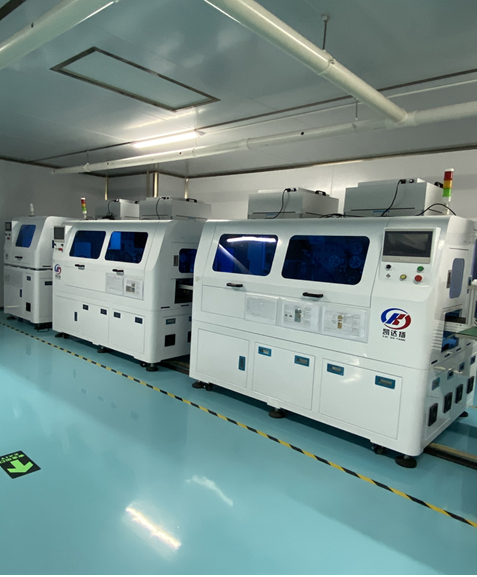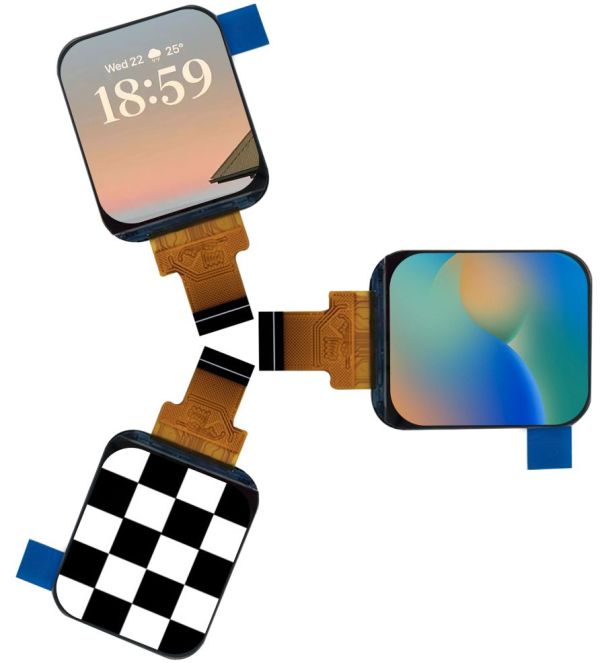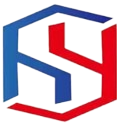Table of Contents
Unlocking Customization: The Advantages of Tailored TFT LCD Modules
In a world where customization is increasingly valued, the demand for tailored solutions extends across various industries. One such area where customization plays a pivotal role is in TFT LCD modules. TFT LCD (Thin Film Transistor Liquid Crystal Display) modules are ubiquitous in modern electronics, found in everything from smartphones and tablets to automotive displays and industrial equipment. While off-the-shelf TFT LCD modules serve a wide range of applications, the benefits of custom-made modules are becoming increasingly apparent.
Custom TFT LCD modules offer a level of flexibility and precision that off-the-shelf options simply cannot match. By working closely with manufacturers, businesses can tailor every aspect of the module to meet their specific requirements. This level of customization extends to factors such as size, resolution, brightness, and interface compatibility. For industries where standard modules may not fully address their needs, custom solutions provide a way to optimize performance and functionality.
One of the key advantages of custom TFT LCD modules is the ability to achieve seamless integration with existing systems. Whether it’s designing a display for a specialized medical device or retrofitting a control panel in an industrial setting, custom modules can be engineered to fit precisely within the designated space and interface seamlessly with other components. This level of integration not only enhances the overall user experience but also contributes to the efficiency and reliability of the end product.

Furthermore, custom TFT LCD modules offer greater control over the visual characteristics of the display. From color reproduction and viewing angles to touch sensitivity and anti-glare coatings, every aspect of the display can be fine-tuned to meet the specific requirements of the application. This level of customization is particularly valuable in industries where visual clarity and accuracy are paramount, such as medical imaging and outdoor signage.

Another benefit of custom TFT LCD modules is the potential for cost savings in the long run. While the initial investment may be higher compared to off-the-shelf options, custom modules are designed to meet the exact specifications of the application, minimizing the need for additional components or modifications. This not only reduces assembly time and labor costs but also helps to prevent costly delays and revisions down the line. In many cases, businesses find that the upfront investment in custom solutions pays off in terms of improved performance, reliability, and longevity.
Moreover, custom TFT LCD modules offer a competitive edge in terms of innovation and differentiation. By collaborating closely with manufacturers, businesses can leverage the latest advancements in display technology to create unique and innovative products that stand out in the market. Whether it’s incorporating cutting-edge features like curved displays or integrating advanced touch and gesture recognition capabilities, custom modules enable businesses to stay ahead of the curve and meet the evolving needs of their customers.
In conclusion, the advantages of custom TFT LCD modules are clear. From enhanced flexibility and integration to superior performance and innovation, custom solutions offer a level of customization and control that off-the-shelf options simply cannot match. For businesses looking to optimize their products and gain a competitive edge in today’s dynamic market, custom TFT LCD modules provide a compelling solution that delivers tangible benefits across a wide range of applications.
Navigating the Process: A Step-by-Step Guide to Ordering Custom TFT LCD Modules
Navigating the Process: A Step-by-Step Guide to Ordering Custom TFT LCD Modules
In today’s rapidly evolving technological landscape, businesses and individuals alike often find themselves in need of specialized electronic components to meet their unique requirements. When it comes to display solutions, TFT LCD modules stand out for their versatility and performance. However, off-the-shelf options may not always suffice, prompting the need for custom-made TFT LCD modules tailored to specific needs.
Understanding the intricacies of ordering custom TFT LCD modules can seem daunting at first, but with a structured approach, the process becomes more manageable. This step-by-step guide aims to demystify the journey, providing insights into each stage from initial concept to final product delivery.
The journey begins with a clear understanding of your requirements. Whether you’re a product designer seeking a display solution for a new device or a business looking to enhance existing products, defining your specifications is paramount. Consider factors such as display size, resolution, brightness, viewing angles, interface compatibility, and any unique features required to meet your objectives.
With requirements in hand, the next step involves finding a reputable manufacturer capable of delivering custom TFT LCD modules to your specifications. Researching and vetting potential suppliers is crucial to ensure quality, reliability, and compatibility with your project’s needs. Look for manufacturers with a proven track record, expertise in TFT technology, and a willingness to collaborate closely throughout the process.
Once you’ve selected a manufacturer, it’s time to initiate the design phase. This involves translating your requirements into technical specifications and schematics that serve as the blueprint for the custom TFT LCD module. Collaborating closely with the manufacturer‘s engineering team is essential during this stage to address any technical challenges, optimize performance, and ensure alignment with your vision.
With the design finalized, the manufacturing process commences. This typically involves the fabrication of the TFT glass substrate, deposition of thin-film transistor layers, alignment of color filters, and assembly of the module components. Advanced manufacturing techniques such as photolithography and vacuum deposition are employed to achieve precise patterns and layers, ensuring optimal display performance.
Quality assurance is integral throughout the manufacturing process to identify and rectify any defects or inconsistencies. Rigorous testing procedures, including visual inspection, electrical testing, and environmental stress testing, help validate the performance and reliability of each custom TFT LCD module before it leaves the factory.
As production nears completion, attention turns to customization options beyond the core display functionality. This may include incorporating touch panels, protective coatings, backlight enhancements, or specialized interfaces to further tailor the module to your specific application requirements.
Finally, the custom TFT LCD modules undergo thorough packaging and shipping procedures to ensure safe transit to your location. Clear communication and coordination with the manufacturer regarding logistics, delivery schedules, and any additional support services are essential to a smooth and successful deployment.
In conclusion, ordering custom TFT LCD modules involves a systematic approach encompassing requirements definition, supplier selection, design collaboration, manufacturing, quality assurance, customization, and logistics coordination. By following this step-by-step guide and partnering with a trusted manufacturer, you can navigate the process with confidence and achieve bespoke display solutions that meet your exacting standards and elevate your projects to new heights of innovation and success.
| good | better |
| very good | indeed |
| affordable | genuine |




